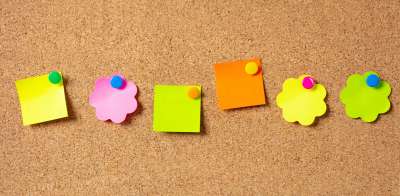Standards for Good Teaching
You and I and a couple million other people have all been in schools for a number of years, and we all have some pretty good ideas about the qualities we feel are important for good teaching. Not surprising, several agencies and organizations have looked into the characteristics of good teachers. One of those is the Interstate New Teacher Assessment and Support Consortium (INTASC).
The INTASC establishes guidelines for preparing, licensing, and certifying educators. Among other things, they promote 10 standards that should be part of every teacher's classroom practice or personality (after some principles I have listed articles that address the specific topics):
Principle 1. The teacher understands the central concepts, tools of inquiry, and structures of the discipline(s) he or she teaches and can create learning experiences that make these aspects of subject matter meaningful for students.
Principle 2. The teacher understands how children learn and develop and can provide learning opportunities that support their intellectual, social, and personal development (Effective Learning and How Students Learn).
Principle 3. The teacher understands how students differ in their approaches to learning and creates instructional opportunities that are adapted to diverse learners (How Students Learn and Teaching Special Needs Students).
Principle 4. The teacher understands and uses a variety of instructional strategies to encourage students' development of critical thinking, problem-solving, and performance skills (Lesson Methodologies and Problem Solving).
Principle 5. The teacher uses an understanding of individual and group motivation and behavior to create a learning environment that encourages positive social interaction, active engagement in learning, and self-motivation (Motivating Your Students).
Principle 6. The teacher uses knowledge of effective verbal, nonverbal, and media communication techniques to foster active inquiry, collaboration, and supportive interaction in the classroom (Lesson Methodologies and Levels of Questions).
Principal 7. The teacher plans instruction based on knowledge of subject matter, students, the community, and curriculum goals (Lesson Plans: Using Objectives and The Question of Homework).
Principle 8. The teacher understands and uses formal and informal assessment strategies to evaluate and ensure the continuous intellectual, social, and physical development of the learner (Categories of Evaluation).
Principle 9. The teacher is a reflective practitioner who continually evaluates the effects of his or her choices and actions on others (students, parents, and other professionals in the learning community) and who actively seeks out opportunities to grow professionally.
Principle 10. The teacher fosters relationships with school colleagues, parents, and agencies in the larger community to support students' learning and well-being (Special Projects, Special Events).
It's important to point out that your effectiveness as a teacher depends on much more than your knowledge of one or more subjects. In fact, your success will be driven by characteristics and dynamics that are as much a part of who you are as they are of your classroom behavior.
Conversations with hundreds of teachers around the country indicate that good teachers are effective because they assume five interrelated roles:
You as a person
Student orientation
Task orientation
Classroom management
Lifelong learning
I invite you to consider these roles in terms of your own personality dynamics as well as in terms of your reasons for becoming a teacher.














